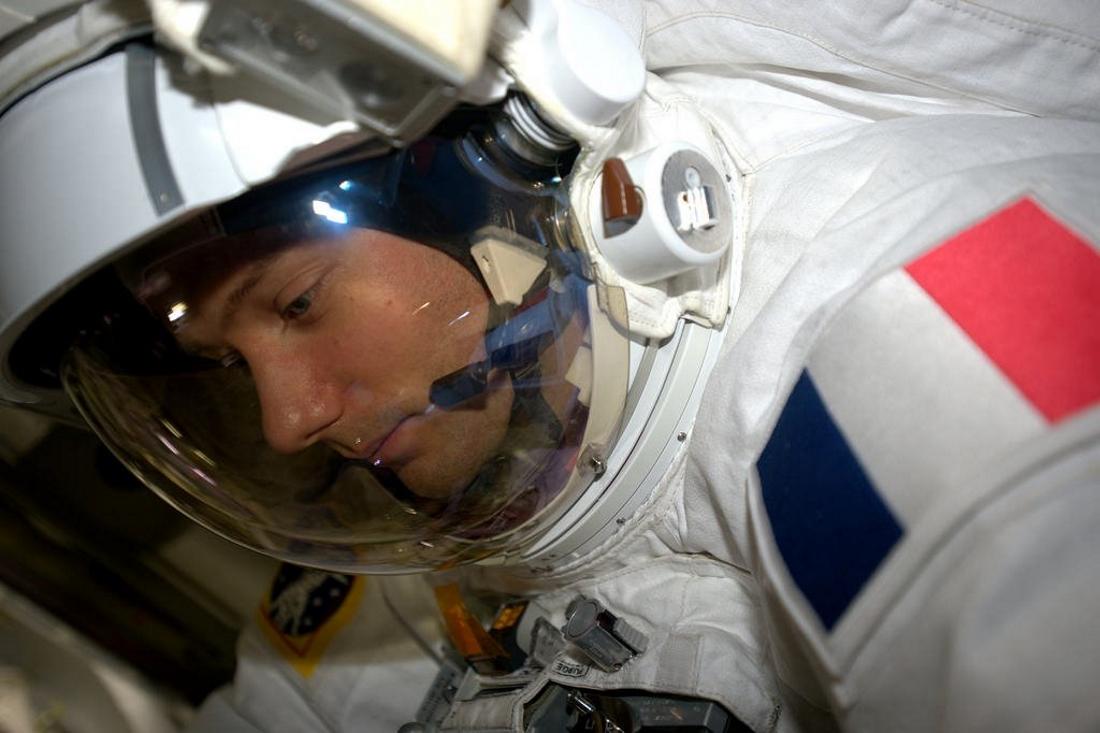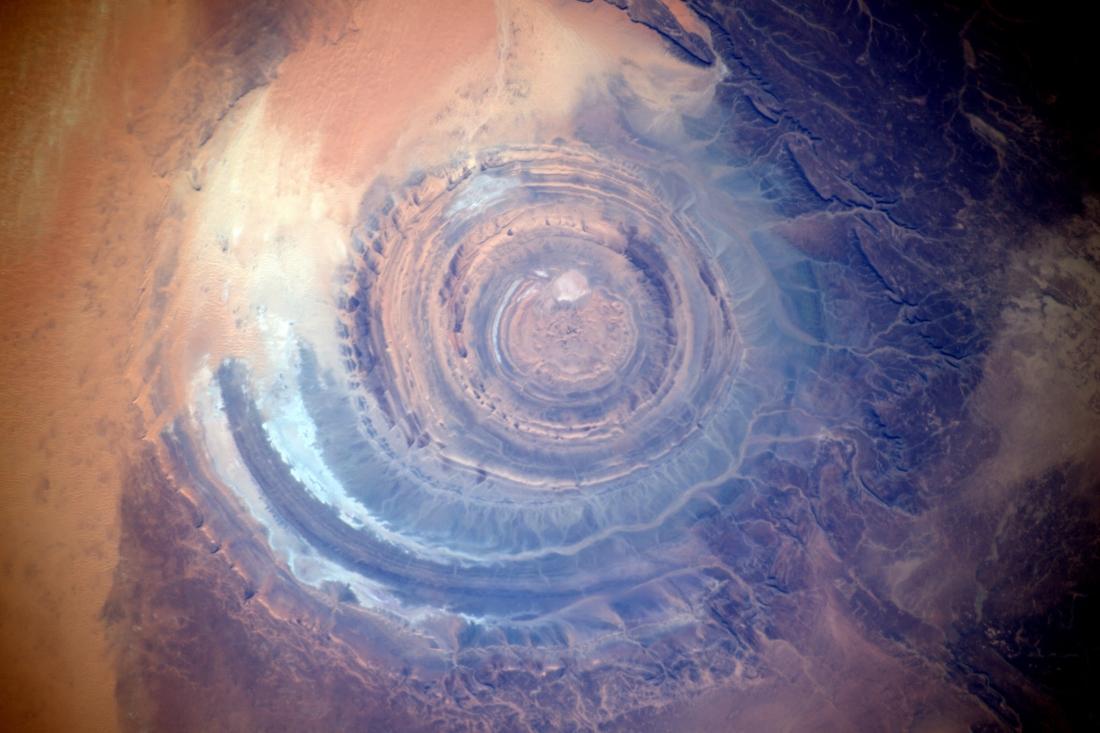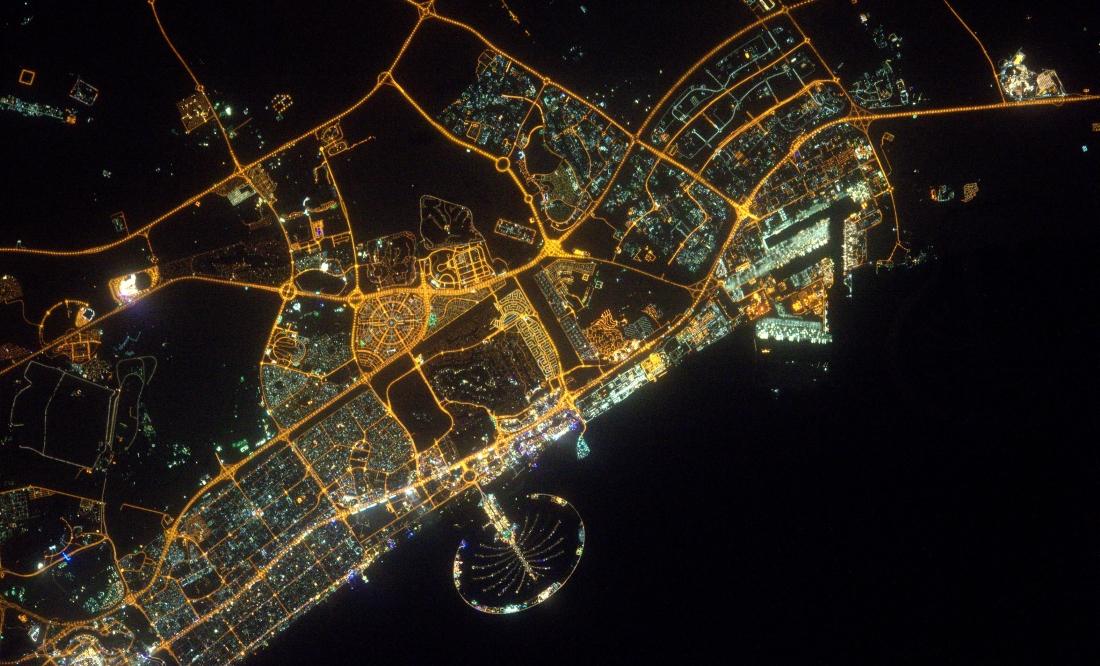Thomas Pesquet: from Proxima to Alpha
He’s a favorite of the French public, speaks five languages (German, English, Spanish, French and Russian) and practices a number of sports, from skydiving to scuba diving, not to mention sailing, rugby and judo! Trained as an engineer, he’s also a seasoned pilot, with more than 2,500 flight-hours under his belt for Air France. He first became known to the public when he was selected for the Proxima mission to the International Space Station, from November 27, 2016 to June 2, 2017. Perhaps by now you know who we’re talking about: Thomas Pesquet, the European Space Agency (ESA) astronaut from France.

Thomas Pesquet is once again in the spotlight. Lifting off with Shane Kimbrough and Megan McArthur from NASA and Akihiko Hoshide from the Japanese space agency JAXA, Thomas Pesquet was the first ESA astronaut to fly on the SpaceX Crew Dragon capsule, on April 23. This latest mission is dubbed Alpha, in reference to the Alpha Centauri star system, which also includes Alpha Centauri C, or Proxima (Centauri), which lent its name to his first mission.
A look back at Proxima
196 days in orbit, 200+ science experiments, 2 extravehicular activities (EVA)… and 85,000 photos!

ESA had started a recruitment drive for new astronauts back in 2008, and Thomas Pesquet sent in his application. He was one of the six candidates chosen in May 2009 out of some 8,400 applications, and became the youngest astronaut recruited by ESA. After intensive training that took more than six years, he became the tenth French astronaut to fly on the International Space Station. During his first mission in orbit, he performed more than 200 science experiments for the French space agency CNES, ESA, NASA and JAXA, as well as a joint experience with Russian space agency Roscosmos. He also carried out virtual reality tests designed to measure the effect of the zero-gravity environment on cognitive functions, and completed an experiment showing how to prevent the proliferation of bacteria in orbit. Not to mention fluid physics tests and checking the quality of drinking water on the ISS; as you perhaps know, 80% of this water comes from recycled transpiration, urine and other wastewater.

In an interview with French news radio station France Info in March 2017, Thomas explained: “We conduct studies of muscles, the immune system, the skin and neurology, along with a wide range of physical sciences, including metal alloys, and various technologies, such as ultrasound.”
He performed two EVAs during this mission, working on the station’s electrical system, searching for a leak in the cooling system and conducting maintenance on the Dextra mechanical arm. In addition he helped install a docking port for future commercial vessels.
Space Photographer

"Eye of Africa" - Sahara desert, Mauritania
Very quickly, @Thom_astro [his Twitter handle] shared his daily life aboard the ISS. He won a large number of followers on social media, who enjoyed his musical favorites and riveting stories such as the first “space haircut” on the ISS.
But it was above all his photos of our planet that created a global buzz in just a few short weeks. Thomas’s photos, you might say, were heaven-sent! Thomas proved to be a very talented photographer indeed, earning worldwide recognition. On behalf of ESA, he provided a photographic record of his working life on the International Space Station. During his free time, he shot the Earth from every angle: desert landscapes and snowed-in fields, day and night aerial views and much more.

Dubai by night
A city at night may seem magical, but it looks even more impressive when seen from on high. He earned unanimous praise for shots that managed to combine a magical, even offbeat quality, poetry and humor. He took nearly 85,000 photos of our planet in all, shooting from the Cupola, the iconic spaceborne observatory built by our colleagues at Thales Alenia Space in Turin, who are in fact responsible for half of the ISS’s habitable volume. Some 2,500 photos were selected and shared on social media, leading to a superb photo album called Terre(s), with all royalties donated to non-governmental organizations.
Spotlight on Alpha

Thomas Pesquet’s latest mission will span expeditions 65 and 66. He will be ferried to the ISS on SpaceX Crew-2, the Crew Dragon’s third crewed mission, launched by the SpaceX Falcon 9, making him the first European astronaut to fly on Crew Dragon, and the first in ten years to lift off from the United States. At the end of his mission, Thomas Pesquet will take command of the ISS, the first Frenchman and fourth European to be named commander. Among the many tasks scheduled, Thomas Pesquet will carry out a study concerning the accelerated aging of stem cells in the brain.

These two latest expeditions provide an excellent opportunity to gear up for future human missions to the Moon and Mars.
“Ground control to Major @Thom_astro”

We wanted to extend our warm congratulations to Thomas for his latest adventure in space, which looks very promising. Our favorite astronaut has come a long way indeed since his internship at Thales Alenia Space in 2001. His former colleagues at Thales Alenia Space’s Cannes plant are extremely proud of him.
NB: For French-speakers, a comic book written and illustrated by Marion Montaigne provides an amusing look at this very talented man: “Dans le Combi de Thomas Pesquet” – highly recommended!
Photos copyrights: © ESA - © ESA /Thomas Pesquet - © NASA